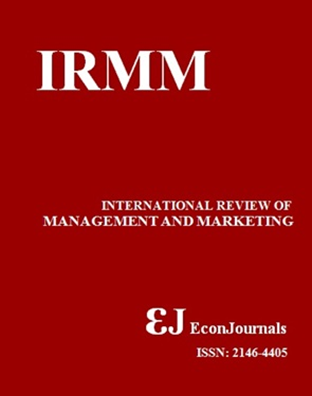Candlestick Charting and Trading Volume: Evidence from Bursa Malaysia
Abstract
Technical analysis is deemed to be a futile practice among academicians who propose efficient market hypothesis, typically the weak form market efficiency which strongly protests the application of past prices and trading volume data for prediction of future market movement. As candlestick charting is one of the oldest technical indicators for short term investment, therefore this study examines the predictability of candlestick charting with combination to trading volume for Malaysian stock market within the period of 2000 to 2014. Skewness adjusted t-test is employed to test the statistical significance of candlestick returns. After taking into account the transaction costs and also out-of-sample test as robustness checking, the findings show that only bullish reversal patterns prior to trend are profitable for investors while most of the bearish reversal patterns have shown significant predictive power both before and after trend. The effective holding period for candlestick reversal patterns tend to accumulate around 10-day to 15-day holding period.Keywords: Efficient Market Hypothesis, Technical Analysis, Candlestick Charting, Reversal PatternsJEL Classifications: G11, G12, G14Downloads
Published
2016-12-29
How to Cite
Chin, C.-L., Jais, M., Balia, S. S., Ahmad, A. C., & Abidin, A. Z. (2016). Candlestick Charting and Trading Volume: Evidence from Bursa Malaysia. International Review of Management and Marketing, 6(8S), 153–165. Retrieved from https://econjournals.com/index.php/irmm/article/view/3926
Issue
Section
Articles




